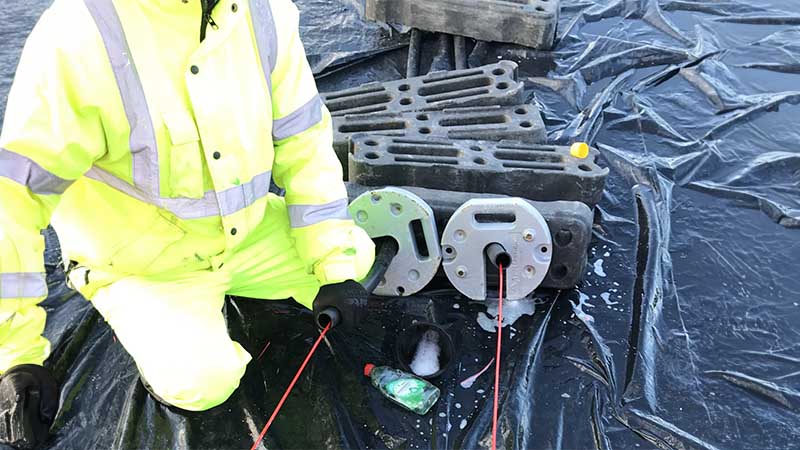Boreholes equipped with advanced subsurface sensing technologies have been driven in Cheshire to investigate the use of underground aquifers for thermal energy storage.
The Cheshire Observatory aims to provide new information about the way fluids and heat move through the Sherwood Sandstone aquifer beneath it. It is also measuring the impact of heat storage on the aquifer. To do this, it has created a configuration of 100m deep boreholes with diameters of 152mm to 222mm, equipped with more than 1,500 subsurface sensors.
This aquifer is a good candidate for producing shallow geothermal energy due to its high thermal conductivity, high porosity and high permeability. The observatory will help reveal how features such as faults, deformation and layering of different sediments influence subsurface heat flow.
The goal is to work out how aquifers could be used to heat and cool buildings, reducing reliance on fossil fuels and electricity.
The Cheshire Observatory is part of the wider £31M UK Geoenergy Observatories project.


